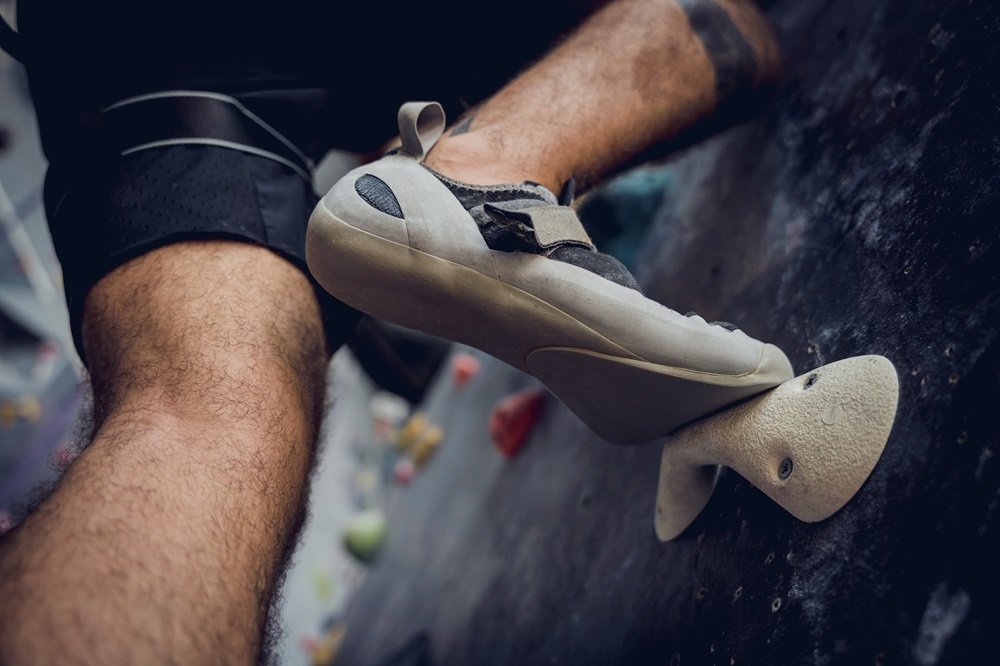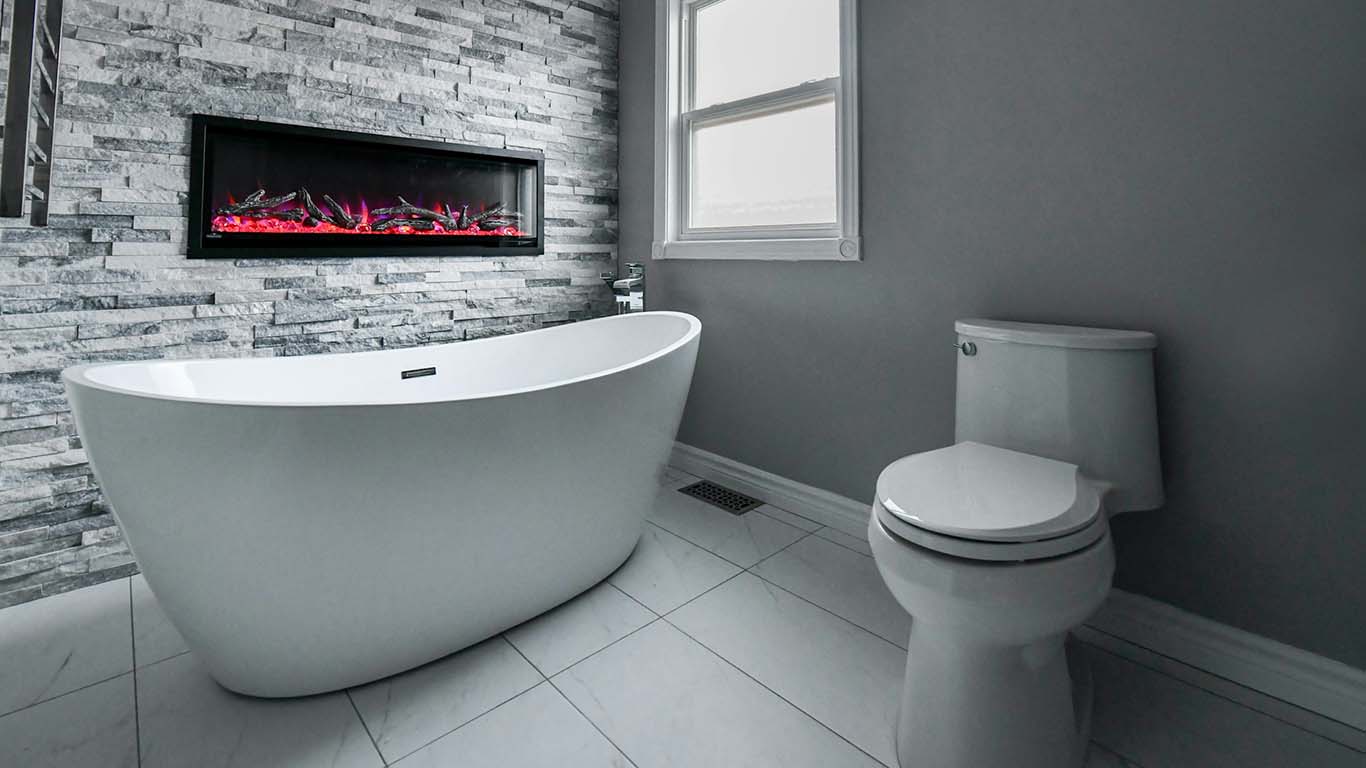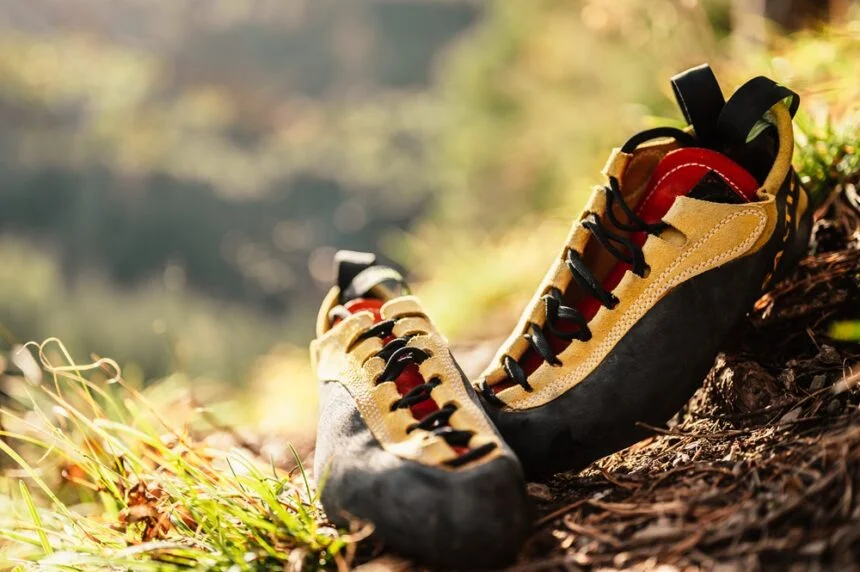You trust your climbing shoes with your life every time you clip into a lead route. But here’s something most climbers don’t think about until it’s too late: the rubber on used rock climbing shoes breaks down over time, and that degradation can turn your trusted footwear into a liability.
The question isn’t if your shoes will degrade—it’s when they’ll become too dangerous to use on lead climbs.
What Actually Happens to Climbing Shoe Rubber?
Rubber compound degradation isn’t just about visible wear. When you buy climbing shoes, the rubber contains specific polymers and additives that give it grip and durability. Over time, these compounds break down through a process called oxidation.
The rubber loses its elasticity and becomes harder. You’ll notice it feels different under your feet—less sticky, more rigid. This happens whether you’re climbing or not. Even shoes sitting in your closet are aging.
Temperature and UV exposure speed this up dramatically. If you leave your shoes in a hot car or direct sunlight, you’re accelerating the breakdown. The rubber can become brittle in as little as 3-4 years under poor storage conditions.
How Can You Spot Dangerous Degradation?
You need to check your shoes regularly, especially if you’re buying used pairs or have owned yours for several seasons. Here’s what to look for:
The rubber feels hard when you press your thumb into it. Fresh rubber should have some give. If it feels like pressing a rock, the plasticizers have evaporated.
Visible cracks or splits in the rubber, especially around the toe box or rand. These aren’t surface scratches—they’re structural failures that compromise your shoe’s integrity.
Smooth, glassy surfaces where texture used to be. The friction patterns are what give you grip. When they’re worn completely flat, you’re climbing on compromised rubber.
The shoe makes cracking sounds when you flex it. This indicates the rubber has lost flexibility and is beginning to separate from the midsole.
What’s the Actual Lifespan of Climbing Shoe Rubber?
Here’s where numbers matter. Research from climbing equipment testing labs shows some clear patterns:
| Usage Level | Typical Lifespan | Sessions Before Replacement |
| Heavy (3-4x/week) | 6-12 months | 80-150 sessions |
| Moderate (1-2x/week) | 12-24 months | 50-100 sessions |
| Light (occasional) | 2-3 years | 30-60 sessions |
But here’s the catch: age matters more than usage for rubber degradation. A shoe that’s 5 years old with minimal use can be more dangerous than a heavily used 1-year-old shoe. The chemical breakdown doesn’t stop when you’re not climbing.
Professional climbers typically replace their lead shoes every 6-8 months, regardless of visible wear. That’s because they understand the stakes.
Does Resoling Reset the Safety Clock?
You might think resoling gives you a fresh start. It doesn’t—not completely. When a cobbler resolves your shoes, they’re only replacing the outsole. The midsole, rand, and upper materials continue aging.
The glue bonds in your shoe also degrade. After 3-4 years, even with a fresh resole, the structural integrity isn’t what it was.
The rand rubber (that strip around your toe) is still old. If it fails during a heel hook on a lead climb, you could take a serious fall.
Most climbing cobblers recommend a maximum of 2-3 resoles per shoe. After that, you’re working with compromised materials throughout the shoe.
What Makes Lead Climbing Different from Bouldering?
The consequences of shoe failure change dramatically when you’re 40 feet up with protection below you.
In bouldering, a shoe blowing out means an awkward fall onto pads. In lead climbing, it could mean a 20-foot whipper with ledge potential.
Lead climbing puts unique stress on your shoes. You’re making smaller, more precise placements.
You’re trusting micro-edges and heel hooks at height. Your margin for error shrinks to nothing when your rubber’s degraded.
The force calculations matter here. A lead fall generates 8-12 kN of force. If your shoe fails during a critical move, you’re not just losing your placement—you’re potentially creating a dangerous fall scenario.
How Do You Test Your Shoes for Lead Safety?
Before you head out for a lead session, do this quick assessment:
Press your thumb firmly into the toe rubber. If you can’t create any indentation, the rubber’s too hard.
Flex the shoe completely. Listen for cracking sounds or feel for unusual stiffness. The shoe should bend smoothly without resistance points.
Check the edges where rubber meets fabric. Separation here indicates adhesive failure.
This is especially critical around the toe box where you’ll be placing weight on small holds.
Smell the rubber. Seriously. Degraded rubber often has a distinct chemical smell as the compounds break down.

When Should You Definitely Retire Your Used Rock Climbing Shoes?
Some situations are non-negotiable. Replace your shoes immediately if:
They’re more than 4 years old, regardless of wear patterns. The rubber compound has degraded beyond safe use.
You see any cracks or tears in the rand or toe box rubber. These will only get worse and can fail catastrophically.
The rubber feels hard and inflexible. You’ve lost the friction properties that keep you safe.
You’ve had them resoled twice already. The supporting structure is compromised even if the sole looks good.
You notice the rubber peeling away from the upper at any point. This indicates complete adhesive failure.
Your safety isn’t worth gambling on shoes that are past their prime. The cost of replacement is nothing compared to the consequences of gear failure.
Frequently Asked Questions
How long does climbing shoe rubber actually last?
Answer: For regular climbers, rubber typically lasts 6–24 months, depending on how often you climb. Even unused shoes begin degrading after 3–4 years due to oxidation and heat exposure.
How can I tell if my climbing shoes are too old or unsafe for lead climbs?
Answer: Press your thumb into the rubber — if it feels hard, cracked, or makes a snapping sound when flexed, the material has lost elasticity and grip. That’s a sign to retire or replace them.
Do climbing shoes degrade even if I don’t use them?
Answer: Yes. Rubber compounds break down chemically over time even in storage. Poor conditions like heat or sunlight can cause brittleness and loss of stickiness in as little as 3–4 years.
Does resoling make old climbing shoes safe again?
Answer: Only partly. Resoling replaces the outsole, but the rand, glue bonds, and midsole continue aging. After 2–3 resoles or 4+ years, the shoe’s structure is no longer fully reliable for lead climbing.
When should I definitely replace my climbing shoes?
Answer: If your shoes are over 4 years old, have cracks, peeling rubber, or feel hard and slippery, it’s time to retire them. For lead climbing, never risk shoes with degraded rubber or loose adhesives.







